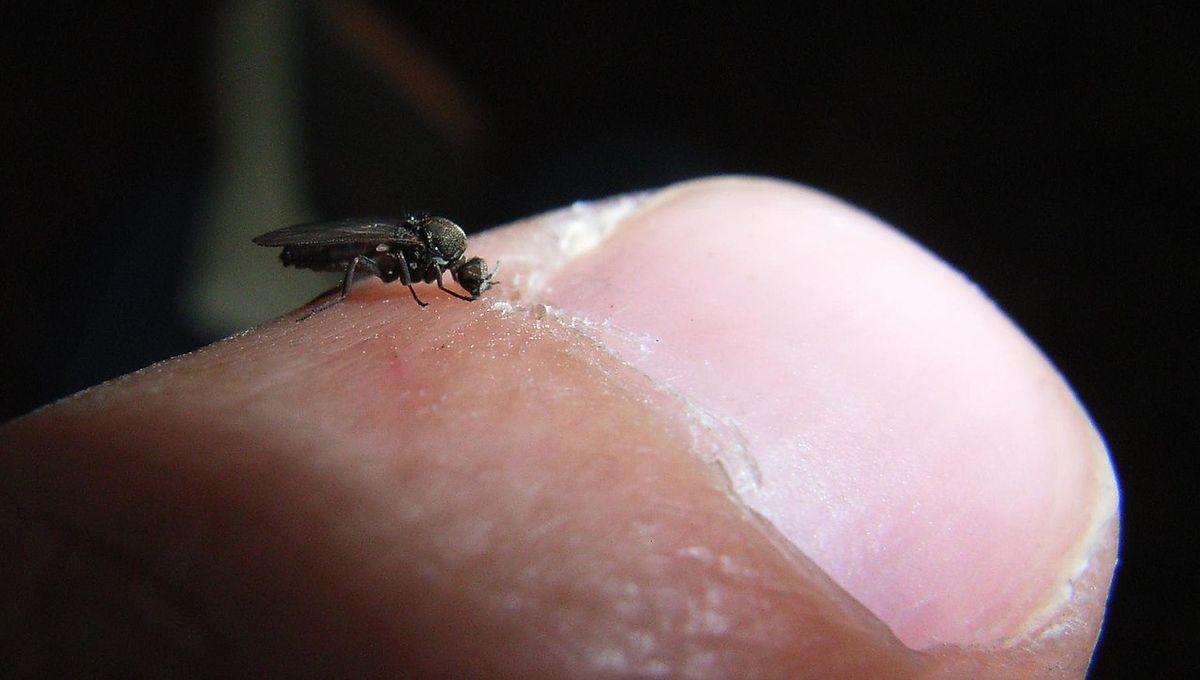
A tropical disease caused by bloodsucking sandflies seems to be gaining a foothold in the US. Caused by the Leishmania parasite, this nasty disease has the potential to leave people with disfiguring skin lesions and can even prove fatal.
Cases of cutaneous leishmaniasis in the US are typically “imported,” whereby someone goes abroad, picks up the infection, and returns home. However, a recent study has identified 86 patients who hadn’t traveled anywhere yet fell sick with the disease, indicating it has become endemic in North America.
Scientists at the Centers for Disease Control and Prevention (CDC) performed genetic sequencing of tissue samples taken from these patients. Worryingly, they found that the Leishmania mexicana infecting non-travelers were genetically distinct from those in people who had acquired the illness from another country.
“There have been previous indications of local transmission based on a small number of case reports, but now, for the first time, we have a distinct genetic fingerprint from a relatively large cluster, providing further evidence that leishmaniasis may be well established in some parts of the United States,” Dr Mary Kamb, from the Division of Parasitic Diseases and Malaria at CDC’s National Center for Emerging and Zoonotic Infections, said in a statement.
“While most of these infections were in people living in Texas, sandflies that can transmit leishmaniasis are found in many parts of the country and especially in the southern United States,” Kamb added.
The World Health Organization states that cutaneous leishmaniasis infects up to one million people each year, mainly in the Middle East, central Asia, northern Africa, and – most prominently – Latin America. It’s caused by protozoan parasites that live within infected female sandflies. Once bitten by this bug, the parasite infects the skin, causing skin ulcers that can leave scars.
It can prove to be fatal. It’s estimated that 20,000 to 30,000 people are killed by the disease each year.
The reason behind this rise in cases around the US is likely to do with climate change. Temperatures across the world are evidently rising at an unprecedented rate, which is potentially making more northward environments more hospitable for the sandfly.
“A number of factors might be contributing to the increasing number of cutaneous leishmaniasis cases sent to CDC for testing. Among these is the speculation that changes in climate conditions may lead to suitable environments for sand fly survival and reproduction, and that could enable the transmission of leishmaniasis to emerge in new areas,” added Dr Vitaliano Cama, a senior advisor with CDC’s Division of Parasitic Diseases and Malaria who was closely involved with the leishmaniasis study.
“There are still a lot of questions about where this disease is going and why,” he added.
Along with climate change, dogs are also a likely factor in this problem. The researchers behind this latest study argue that the disease is perhaps being shipped into the US via imported pets from regions where the disease is common.
“Domestic dog imports from abroad, for breeding or via dog rescue organizations, have jumped sharply, to the point that about a million dogs enter the United States every year –most without receiving proper screening for infectious diseases,” explained Dr Christine Petersen, director of the Center for Emerging Infectious Diseases at the University of Iowa.
“Dogs are the primary host for this disease, and there are dogs now regularly coming into the U.S. that have lived in areas where Leishmania parasites circulate in animals and people,” Petersen continued. “That’s why we need a better system in the United States for guarding against the risk of introducing Leishmania infantum, one of the world’s deadliest tropical parasites, into U.S. sand fly populations.”
The study was presented at the 2023 annual meeting of the American Society of Tropical Medicine and Hygiene.
Source Link: A New Tropical Disease Is Gaining Traction In The US